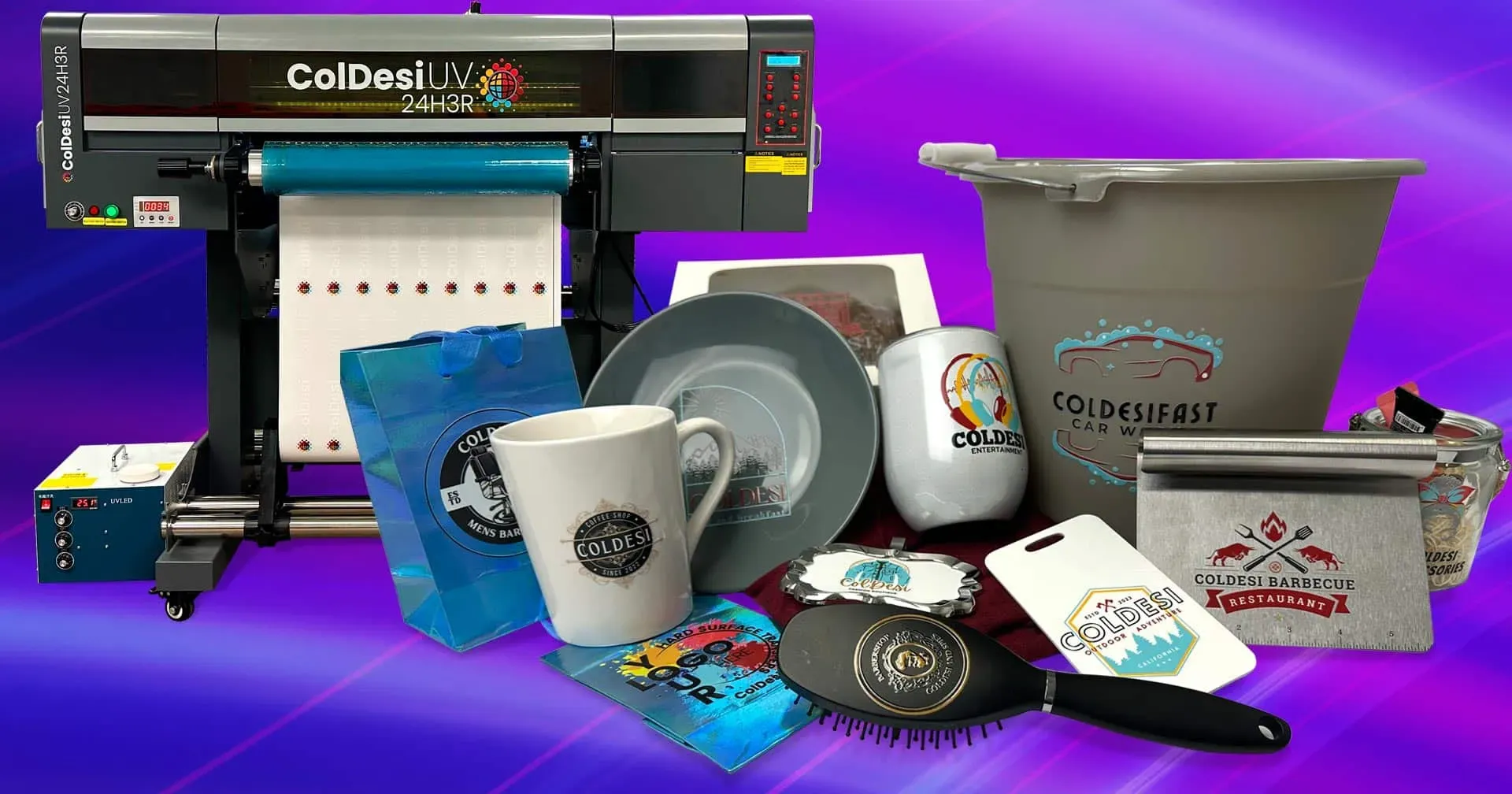In the evolving landscape of printing technology, **UV DTF printing** stands out as a revolutionary method that combines speed, quality, and versatility. Unlike traditional printing methods such as offset and screen printing, UV DTF utilizes state-of-the-art UV-cured inks to produce designs that are vibrant and durable. This innovative approach not only caters to diverse materials but also streamlines the printing process, making it ideal for businesses focused on customization. As the printing industry shifts towards more efficient solutions, understanding the cost of UV DTF in relation to traditional printing techniques becomes essential for informed decision-making. Explore how UV DTF printing is redefining the standards of production and providing new opportunities for brands.
Also referred to as UV Direct-to-Film printing, this cutting-edge process is reshaping approaches to graphic reproduction. By leveraging advanced ultraviolet technology, it challenges the efficiencies of longstanding methods such as offset and screen printing. The appeal of this modern printing technique lies in its ability to deliver exceptional print quality on a wide range of substrates. As industries increasingly demand both high-resolution outputs and rapid turnaround times, the cost considerations of UV DTF versus traditional printing are becoming more relevant. Join us in analyzing how these printing technologies compare and what that means for your business’s printing needs.
Understanding the Key Features of UV DTF Printing
UV DTF (Direct-to-Film) printing represents a revolutionary approach in the world of printing technology, employing ultraviolet (UV) light to cure high-quality inks. The process begins with the creation of a film that carries the intended design. Unlike traditional printing methods, which often require intricate setups and longer lead times, UV DTF excels in producing exceptional quality prints swiftly. This process not only increases productivity but also enhances versatility, allowing for designs to be printed on various materials such as textiles, metals, and plastics.
In addition to speed, UV DTF printing is celebrated for its durability. The UV-cured inks used in the process ensure that prints are resistant to fading, scratching, and harsh environmental conditions. This reliability makes UV DTF an ideal choice for businesses seeking to produce high-quality items such as branding merchandise, customized apparel, or durable signage, which might not withstand the rigors of time when created with traditional printing methods. The long-lasting output is a significant advantage over traditional offset and screen printing techniques.
Frequently Asked Questions
What are the main differences between UV DTF printing and traditional printing methods?
UV DTF printing differs from traditional printing methods like offset and screen printing in terms of speed, material compatibility, and print durability. UV DTF offers quicker setup times and can print on a wider variety of substrates, while traditional methods may excel in cost-effectiveness for large runs.
Is UV DTF printing more cost-effective than traditional printing for small orders?
Yes, UV DTF printing can be more cost-effective than traditional printing methods for small orders. While the initial costs of UV DTF materials can be higher, it minimizes setup time and material waste, leading to savings in labor and overall expenses for short production runs.
What types of materials can be printed using UV DTF printing?
UV DTF printing is versatile and can print on a variety of materials, including textiles, plastics, and metals. This adaptability makes it an excellent choice for businesses looking to expand their product offerings beyond what traditional printing methods can provide.
How does the print quality of UV DTF compare to screen printing?
The print quality of UV DTF printing often rivals that of screen printing, producing vibrant colors and fine details. However, UV DTF provides better adhesion and durability, making it advantageous for prints that need to withstand wear and fading over time.
What environmental benefits does UV DTF printing offer compared to traditional printing?
UV DTF printing utilizes water-based inks and produces fewer volatile organic compounds (VOCs) compared to traditional methods, thus having a lower environmental footprint. This makes UV DTF a preferable choice for eco-conscious businesses aiming to reduce their environmental impact.
How do the costs of UV DTF printing compare to offset printing for bulk orders?
For bulk orders, offset printing typically offers a lower cost per piece due to its high-volume efficiency. However, UV DTF printing remains competitive for smaller runs, where its reduced labor and setup times can lead to overall cost savings despite higher material costs.
| Aspect | UV DTF Printing | Traditional Printing |
|---|---|---|
| Definition | Modern printing technique using UV-cured inks on special films. | Established methods like offset and screen printing. |
| Speed and Efficiency | Quick production, ideal for short-run projects. | Longer setup times, more suitable for larger runs. |
| Material Compatibility | Versatile, compatible with textiles, metals, and plastics. | Limited by specific material properties; suited for static applications. |
| Quality and Durability | High resolution, vibrant colors, and lasting prints. | Good for bulk prints but may lack vibrancy in some instances. |
| Cost Efficiency | Higher upfront material costs, but savings on labor and waste for short runs. | Lower cost per piece for large quantities; higher setup costs for small runs. |
| Environmental Impact | Lower footprint; uses water-based inks, fewer VOCs. | Higher VOC emissions, though newer technologies are improving efficiency. |
Summary
UV DTF printing represents a groundbreaking advancement in the printing industry, combining speed, versatility, and quality that cater to modern business needs. Unlike traditional methods, which are often limited by material compatibility and high setup costs, UV DTF printing allows for rapid production on a variety of substrates, making it an ideal choice for custom and short-run projects. By utilizing UV-cured inks, this technique not only enhances print durability but also reduces environmental impact, appealing to an increasingly eco-conscious market. As the printing landscape evolves, businesses looking for innovative, high-quality solutions are likely to find UV DTF printing a superior alternative to conventional methods.



